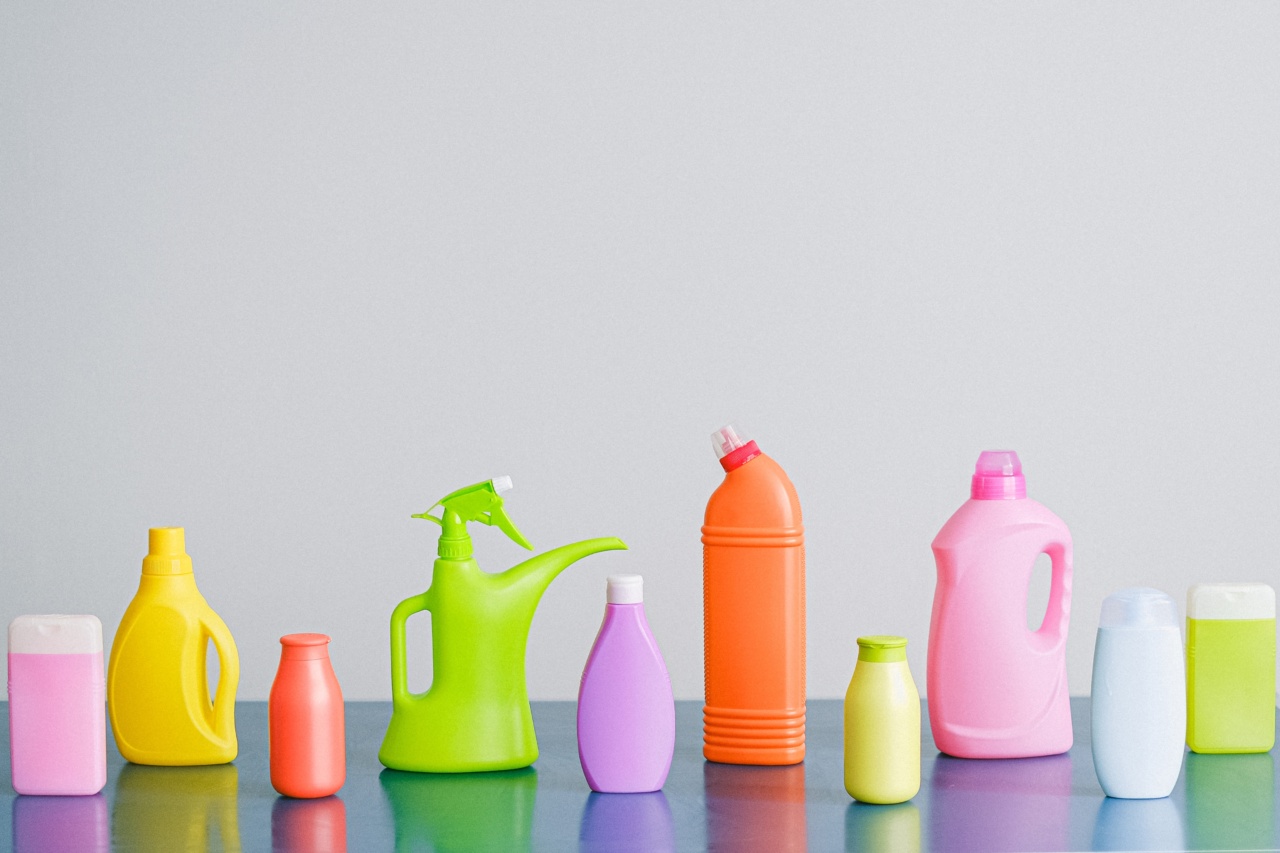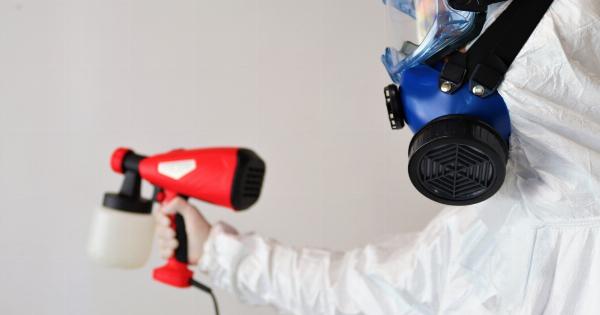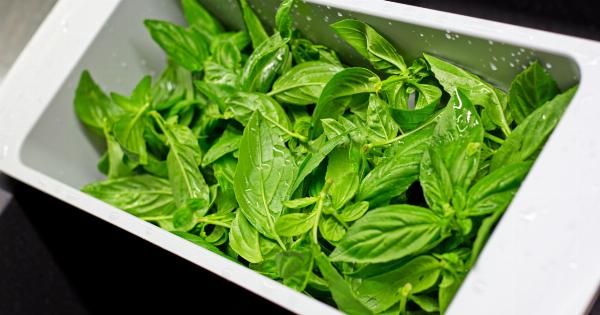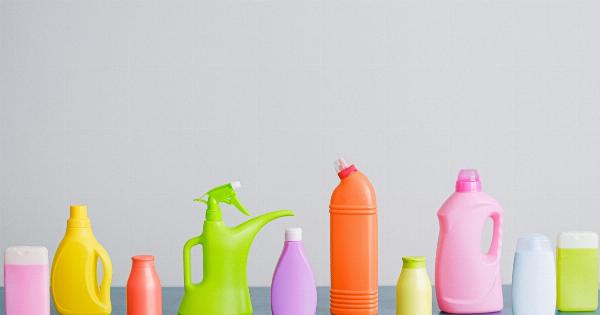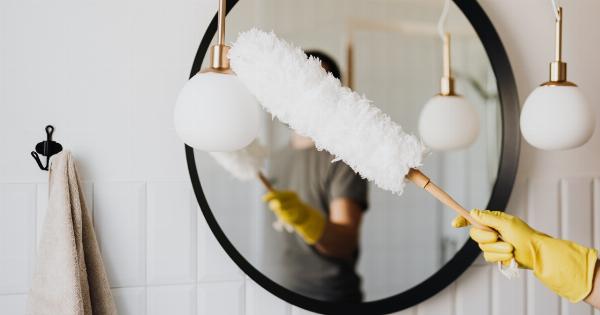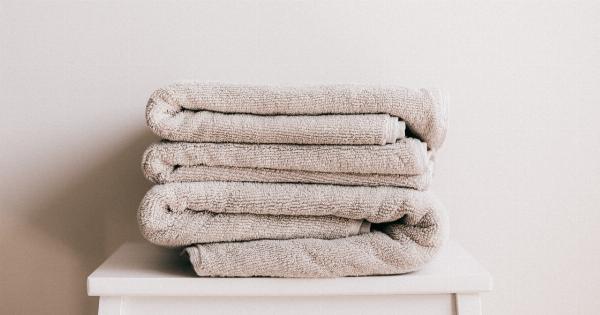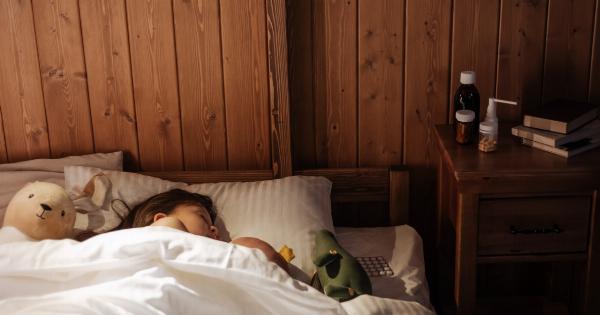It is quite shocking to think about the number of chemicals we use in our daily lives that can be harmful and toxic. These chemicals are not only found in the products we use, but also in the air we breathe, the food we eat, and the water we drink.
The use of harmful chemicals in everyday household items has become a major concern in recent years. The purpose of this article is to inform readers of the dangers associated with common household items and what can be done to minimize exposure to these unhealthy chemicals.
Cleaners
Household cleaners are among the most commonly used products that contain harmful chemicals. Most cleaners contain synthetic fragrances, harsh solvents, and other dangerous chemicals.
When these chemicals are inhaled, they can cause respiratory issues, headaches, and other health problems.
The main ingredient in many cleaners is bleach, commonly used to disinfect surfaces. However, bleach is a strong irritant that can cause skin irritation and burns to the eyes and respiratory tract if not used properly.
Most bleach products also contain chlorine, which can be toxic if ingested or inhaled in large amounts.
Another common cleaner is ammonia, which is used for glass cleaning and general cleaning around the home. Ammonia, if not used in moderation, can cause respiratory irritation and eye damage when inhaled.
When it comes to choosing cleaning products, it is important to read the labels carefully and choose products that are free from harmful chemicals.
There are many eco-friendly cleaning products available that are free from toxic chemicals and are safer for the environment.
Pesticides
Pesticides are another common household item that contain harmful chemicals. These chemicals are used to control pests such as insects, rodents, and weeds.
Pesticides contain toxic chemicals, such as organophosphorus and carbamate, that can be harmful to humans when they come in contact with the skin or are ingested.
Children are especially vulnerable to the effects of pesticides, as their developing brain and immune systems are still developing. Exposure to pesticides can cause developmental delays, behavioral problems, and other health issues.
When using pesticides, read the labels carefully and follow the instructions for use. It is also important to wear protective clothing and gloves when applying pesticides and to keep children and pets away from treated areas.
Plastic Containers
Plastic containers are another common household item that can contain harmful chemicals. Many plastic containers contain bisphenol-A (BPA) and phthalates, which can leach into food and drinks, especially when heated.
BPA and phthalates are endocrine disruptors, meaning they can interfere with the hormones in the body. Exposure to these chemicals has been linked to developmental and reproductive issues, obesity, and other health problems.
One way to avoid exposure to harmful chemicals in plastic containers is to choose containers made from glass or stainless steel, or those marked BPA-free.
Cosmetics and Personal Care Products
Cosmetics and personal care products, such as shampoo, lotion, and deodorant, are also common household items that contain harmful chemicals.
Many personal care products contain synthetic fragrances, parabens, and phthalates. These chemicals have been linked to cancer, reproductive issues, and allergies.
When choosing personal care products, read the labels and choose products that are free from harmful chemicals. There are many natural and organic personal care products available that are free from synthetic fragrances and other harmful chemicals.
Air Fresheners
Air fresheners are another common household item that can contain harmful chemicals. Air fresheners contain synthetic fragrances and solvents that can be harmful when inhaled in high concentrations.
Many air fresheners also contain phthalates, which can be absorbed through the skin or inhaled and can cause developmental issues, allergies, and other health problems.
When it comes to air fresheners, it is best to avoid synthetic fragrances and choose natural alternatives, such as essential oils or natural candles.
Paint and Paint Thinners
Paint and paint thinners are also known to contain harmful chemicals, such as volatile organic compounds (VOCs), which can cause respiratory issues, headaches, and other health problems.
When painting, it is important to choose low-VOC or VOC-free paints and to ensure that the room is well-ventilated. When using paint thinners, it is important to wear protective clothing and gloves and to use them in well-ventilated areas.
Metal Cookware
Metal cookware, such as aluminum and non-stick pans, can also contain harmful chemicals.
Aluminum cookware can leach into food, especially acidic foods, and can cause health problems, such as Alzheimer’s disease and bone disorders.
Non-stick cookware contains perfluorooctanoic acid (PFOA), which can be released when the non-stick coating is heated. PFOA has been linked to cancer, developmental issues, and other health problems.
When it comes to cookware, it is best to choose stainless steel or cast iron, which are safer options.
Tips for Minimizing Exposure to Harmful Chemicals in Household Items
The following tips can help minimize exposure to harmful chemicals in everyday household items:.
- Read labels carefully and choose products that are free from harmful chemicals
- Avoid products that contain synthetic fragrances
- Avoid products that contain phthalates and parabens
- Choose natural alternatives, such as essential oils, instead of synthetic air fresheners
- Choose cookware made from stainless steel or cast iron
- Choose cleaning products that are eco-friendly and free from toxic chemicals
- Wear protective clothing and gloves when using pesticides and other harmful chemicals
- Avoid using plastic containers to store food and drinks
- Avoid using paint and paint thinners with high VOC levels
Conclusion
The use of harmful chemicals in everyday household items is a major concern. These chemicals are not only harmful to our health, but also to the environment.
By reading labels carefully and choosing products that are free from harmful chemicals, we can minimize our exposure to these toxins and create a healthier home environment.
